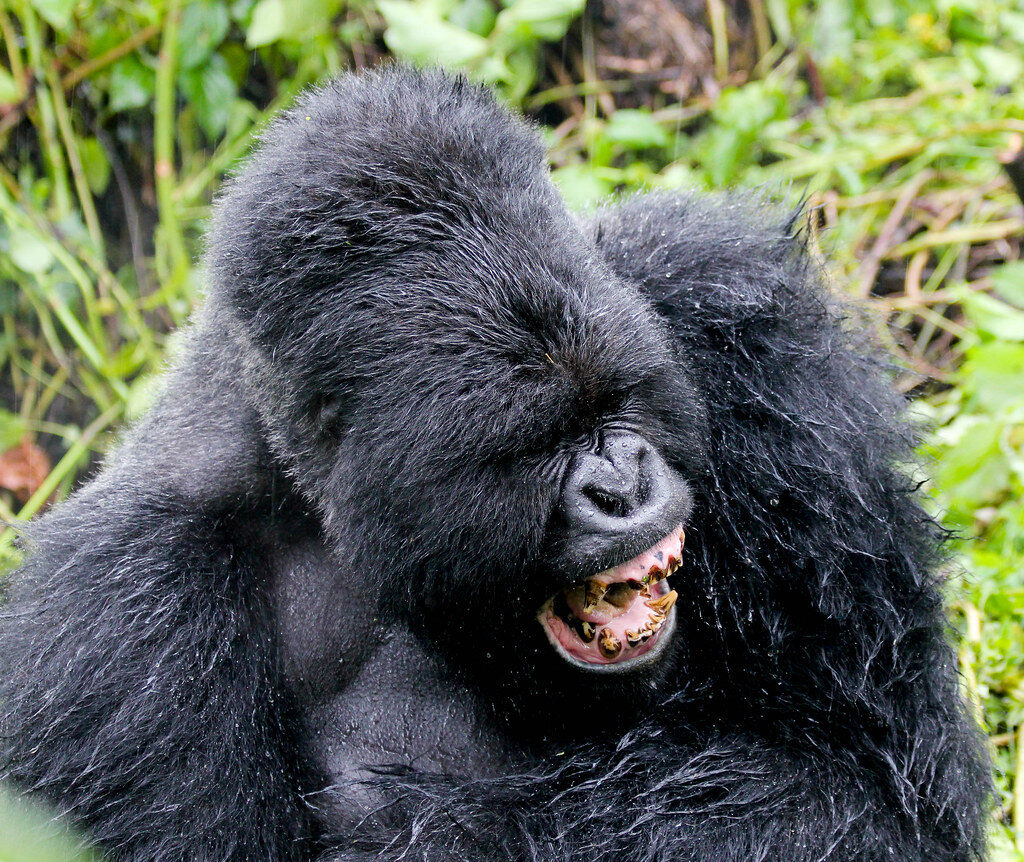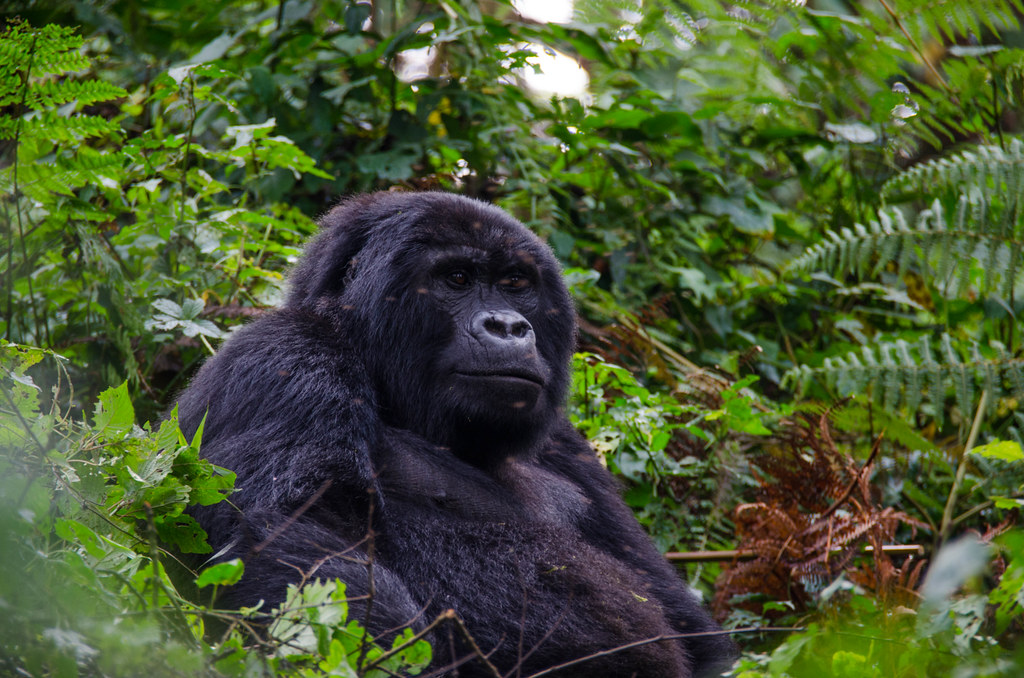Gorillas are among the most fascinating and closely studied primates, not just for their remarkable intelligence and social structures but also for their complex breeding behavior. As some of our closest relatives in the animal kingdom, gorillas share many reproductive traits with humans, but their mating habits are also deeply influenced by the dynamics of their family groups and the challenges of life in the wild. For travelers trekking through Africa’s rainforests or wildlife enthusiasts eager to understand more about these great apes, learning about how gorillas mate offers a unique window into their intimate lives and the delicate balance of their survival.
The Social Structure Behind Gorilla Mating
Gorilla mating is shaped largely by the structure of their social groups. Most gorillas live in cohesive family groups called troops, typically led by a dominant adult male known as a silverback. The silverback is the only mature male in the group, and he is responsible for protecting his family, leading them to feeding grounds, and maintaining peace. As the leader and protector, the silverback also enjoys exclusive mating rights with the adult females in his group. This dominance ensures that his genes are passed on and reduces conflict among males within the troop.
A typical gorilla troop may consist of one silverback, several adult females, and their offspring. Occasionally, younger males called blackbacks remain in the group until they reach full maturity, at which point they may leave to form their own groups or become solitary males seeking to attract females from other troops. This structure minimizes competition within the group and allows the silverback to maintain his status as the primary breeder.
How Gorillas Court and Mate
The process of mating begins with subtle courtship behaviors, usually initiated by the female. Females play an active role in indicating their readiness to mate, often approaching the silverback, making soft vocalizations, maintaining eye contact, and even touching him gently. This courtship behavior encourages the silverback to respond. In some cases, younger subordinate males within a group may attempt to mate secretly, but the dominant silverback is quick to assert control if he detects their behavior.
When the female is receptive, mating occurs quickly and is usually brief. Unlike some animals, gorillas do not have specific breeding seasons and can mate throughout the year. However, female fertility cycles and nursing demands mean that individual females only become receptive to mating at certain intervals. A female gorilla typically gives birth to one infant after a gestation period of about 8.5 months, and mothers may not conceive again for several years while they care for their young. This slow reproductive rate is one of the reasons why gorilla populations are so vulnerable to threats — every infant counts.
 Reproductive Challenges and Conservation
Reproductive Challenges and Conservation
Gorillas face several natural and human-induced challenges when it comes to breeding and raising their young. In the wild, infant mortality rates can be high due to disease, accidents, and occasionally infanticide by rival males who take over a group. Habitat loss, poaching, and human encroachment add additional pressure on gorilla populations by fragmenting their groups and reducing their chances of successful reproduction.
Conservation efforts have become critical in supporting gorilla breeding success. Protecting their habitats, regulating ecotourism to minimize stress, and ensuring that troops remain stable all contribute to healthier breeding rates and population recovery. In some cases, conservation organizations have also used veterinary interventions to treat injured or ill gorillas, giving them a better chance of raising their young to adulthood.
The Importance of Understanding Gorilla Breeding
Observing and understanding how gorillas mate is more than just curiosity — it provides vital information for conservationists working to save these endangered species. By protecting silverbacks and their family groups, maintaining healthy environments, and reducing human impact, we can help ensure that these gentle giants continue to thrive in the wild for generations to come. For visitors lucky enough to witness a gorilla family during a trek, recognizing the strong bonds and delicate dynamics of their breeding behavior adds depth to the experience and a greater sense of responsibility toward their survival.





